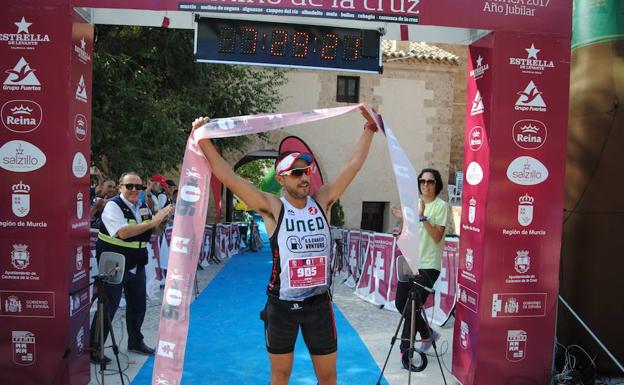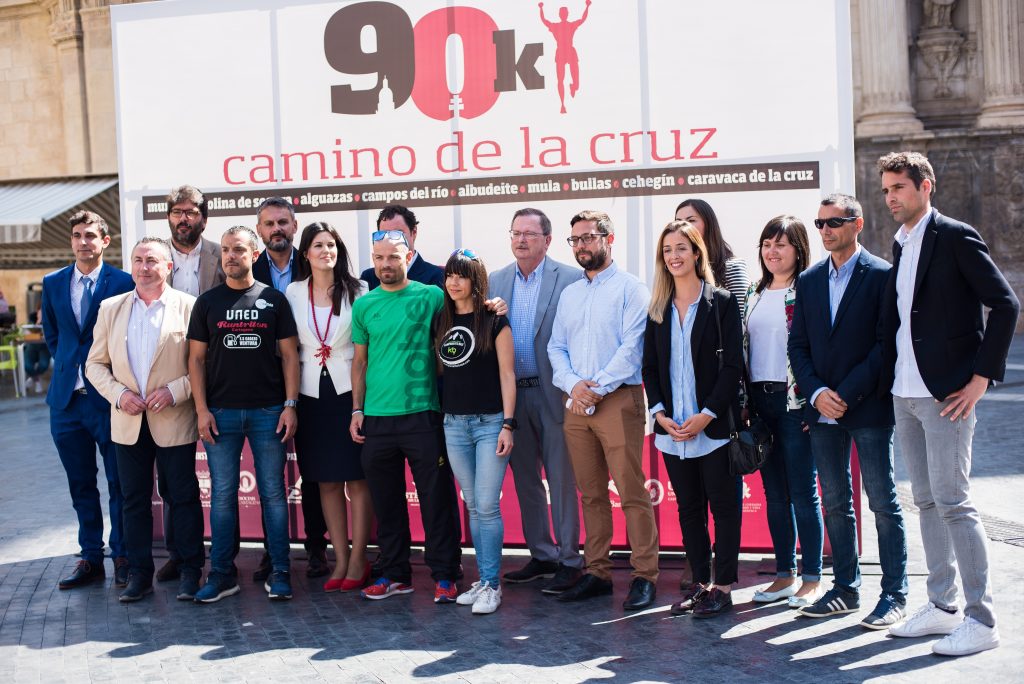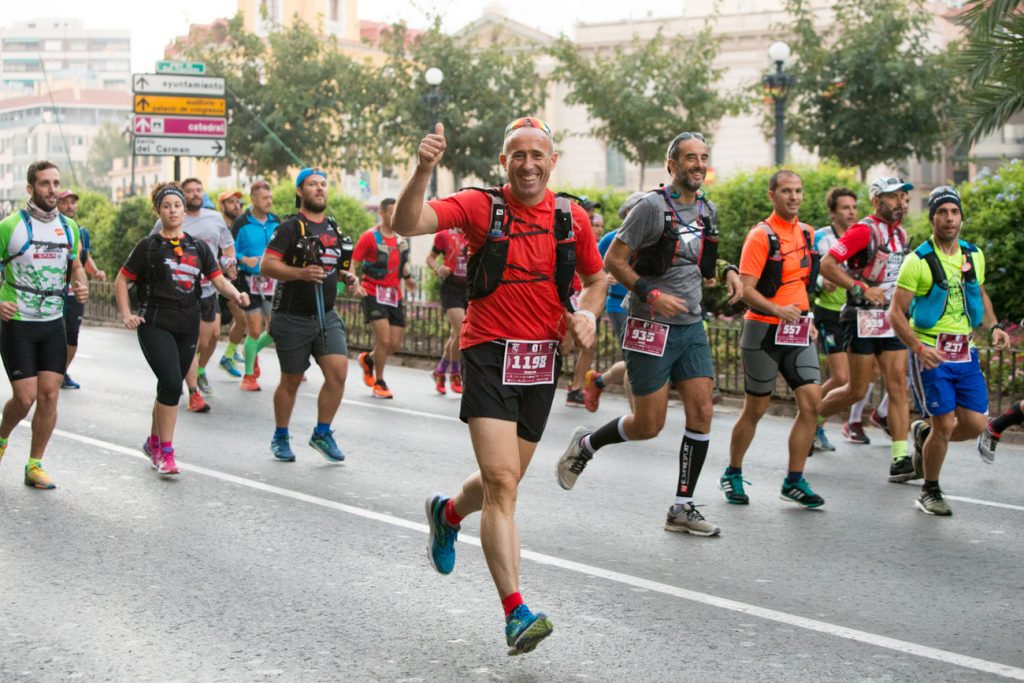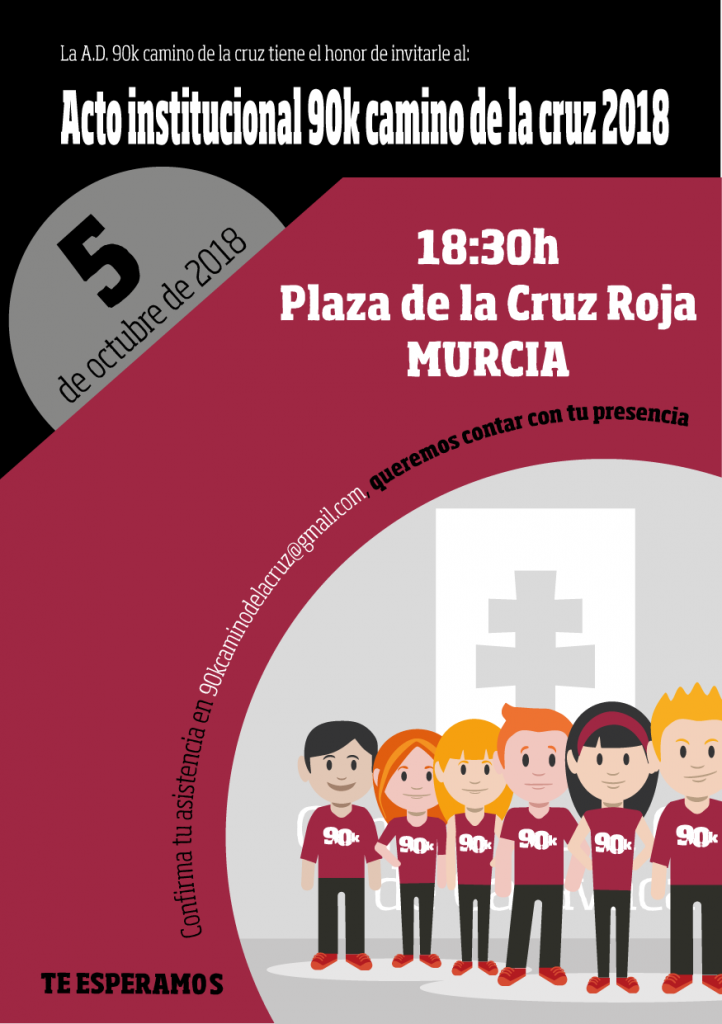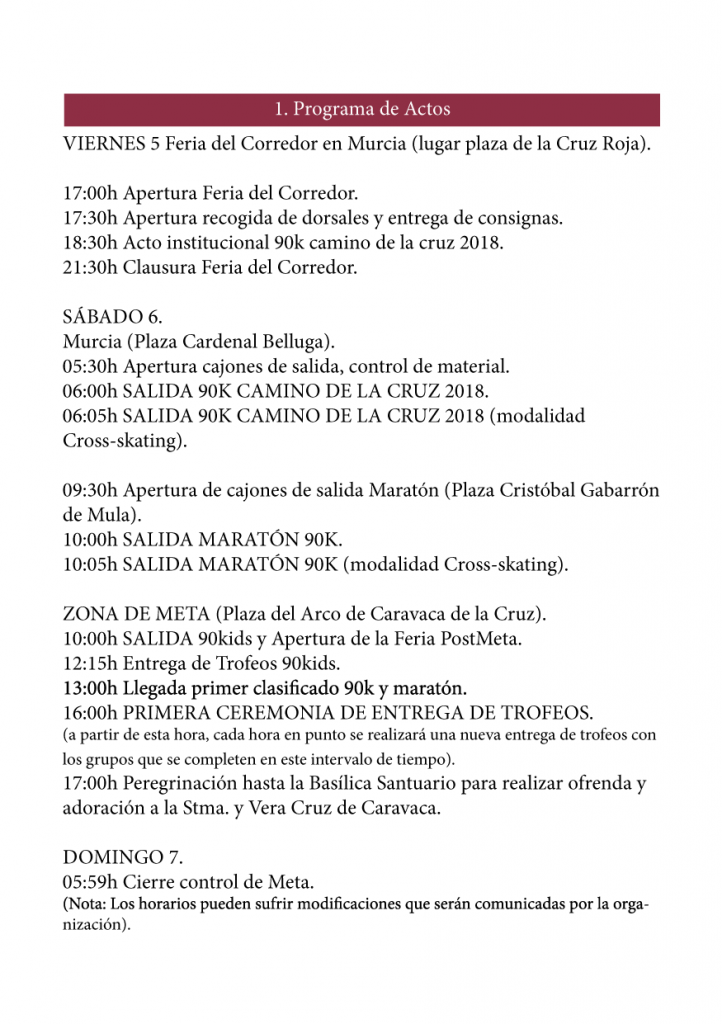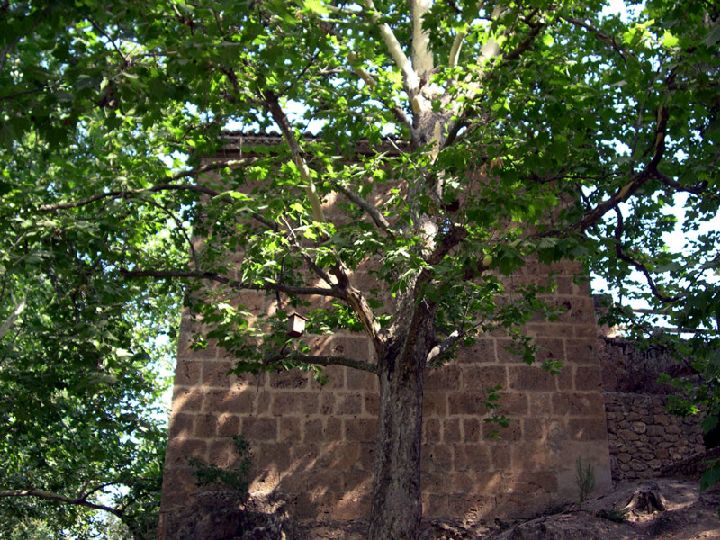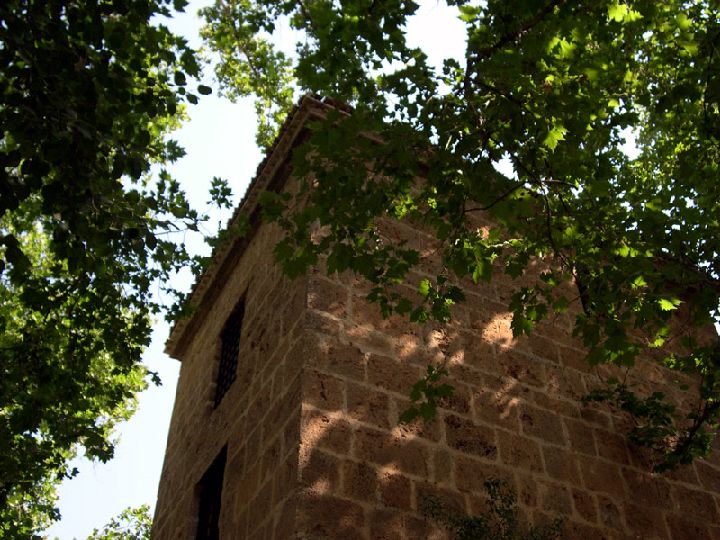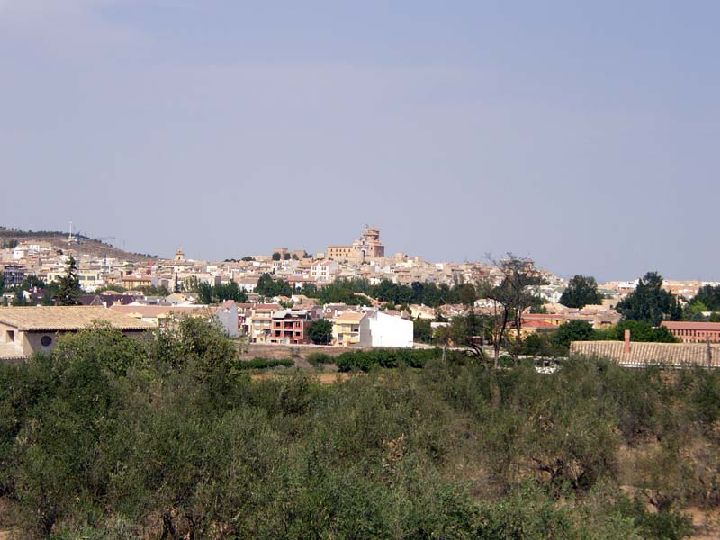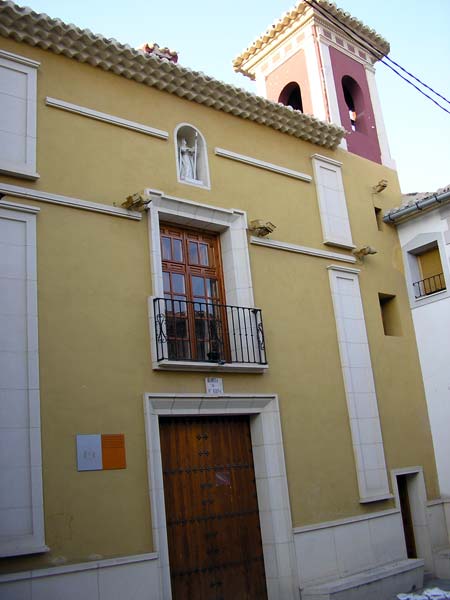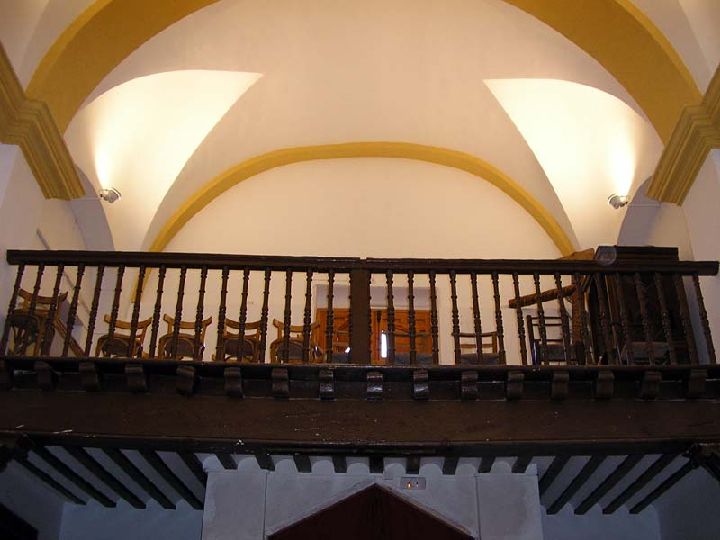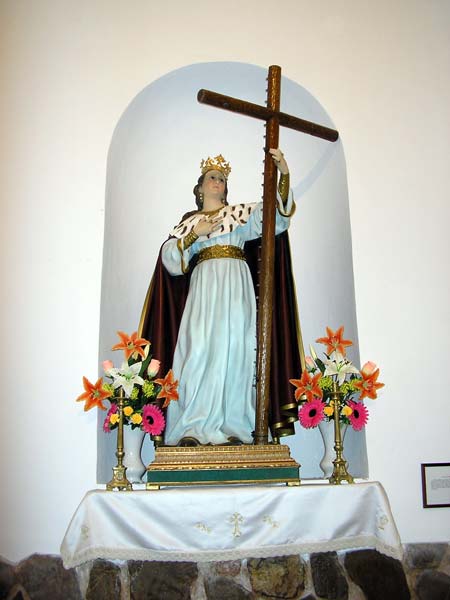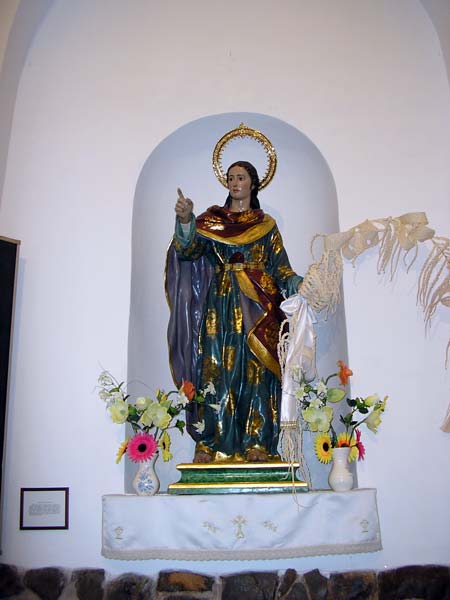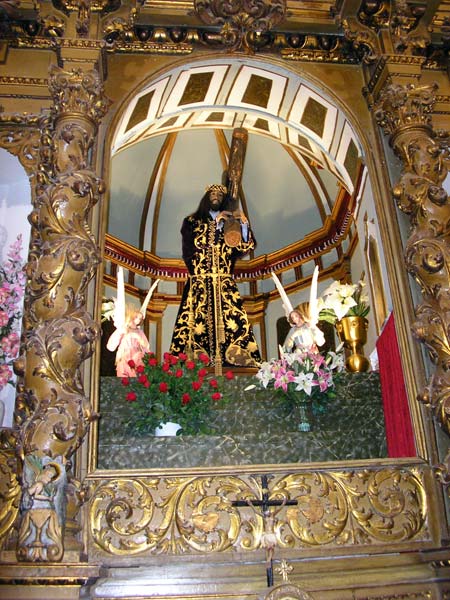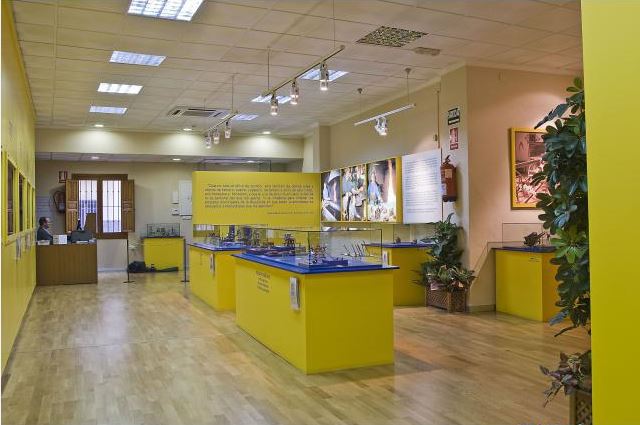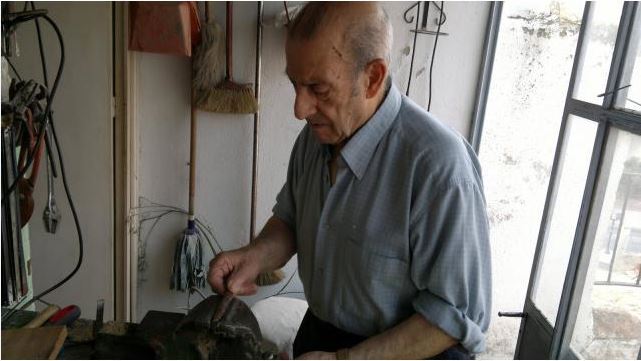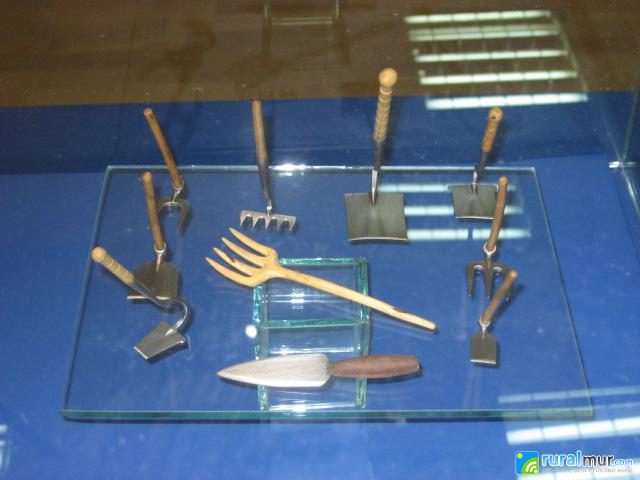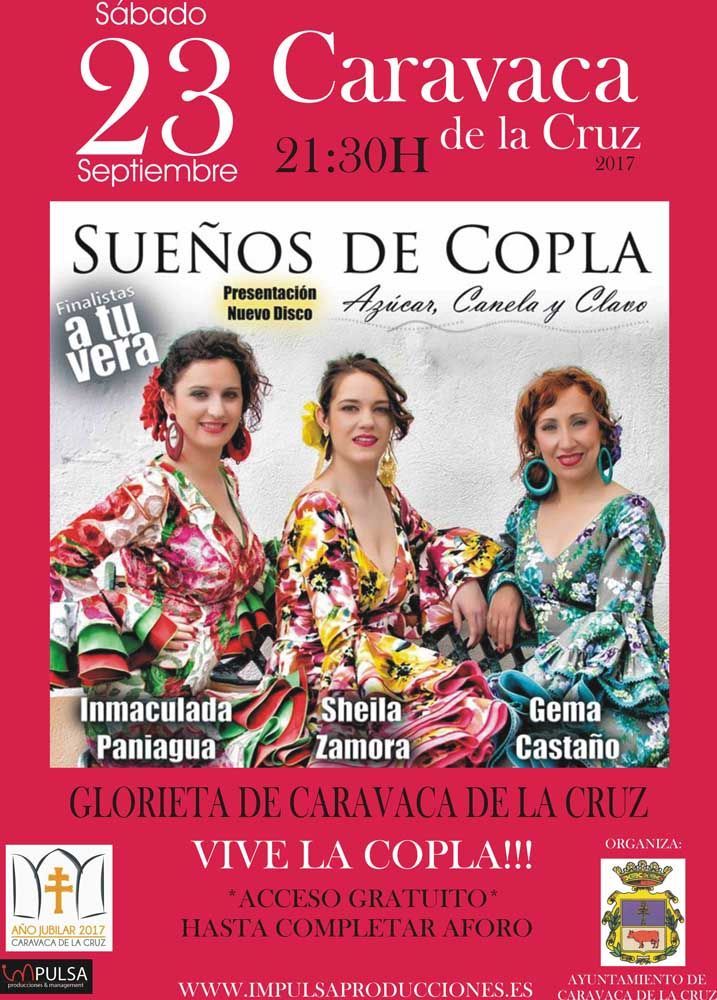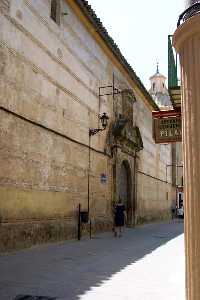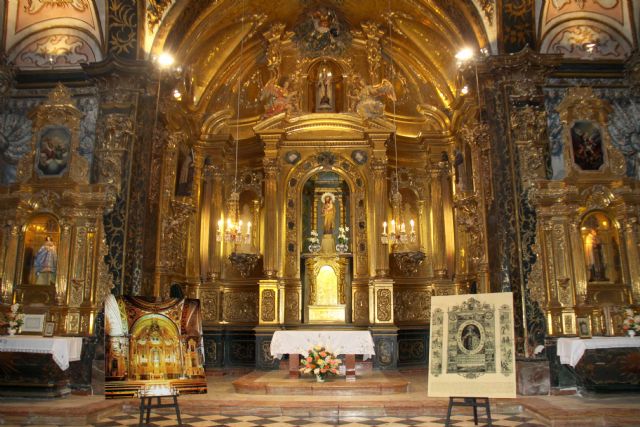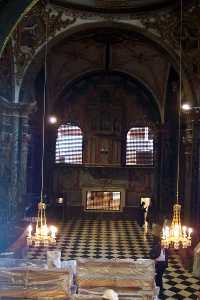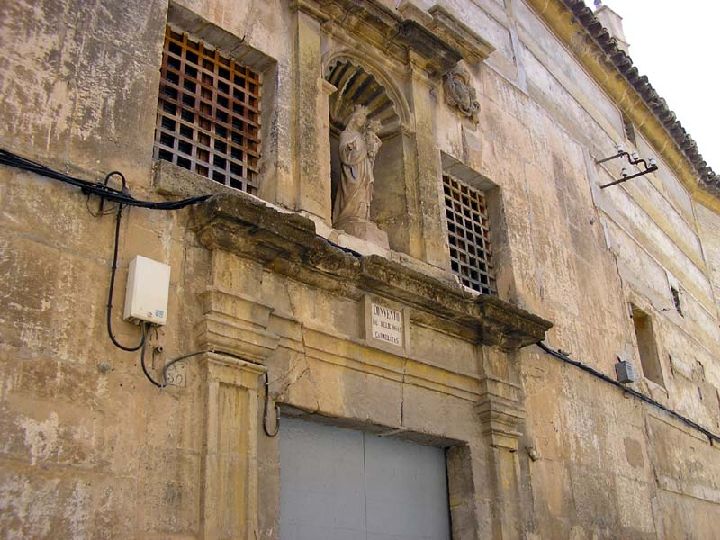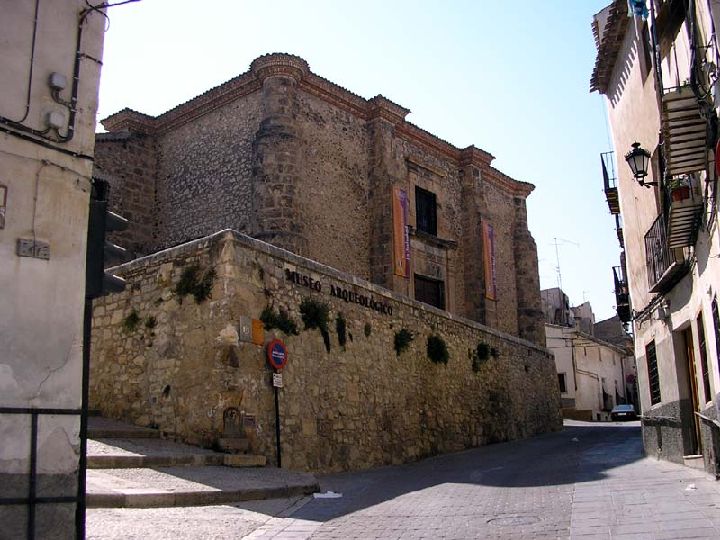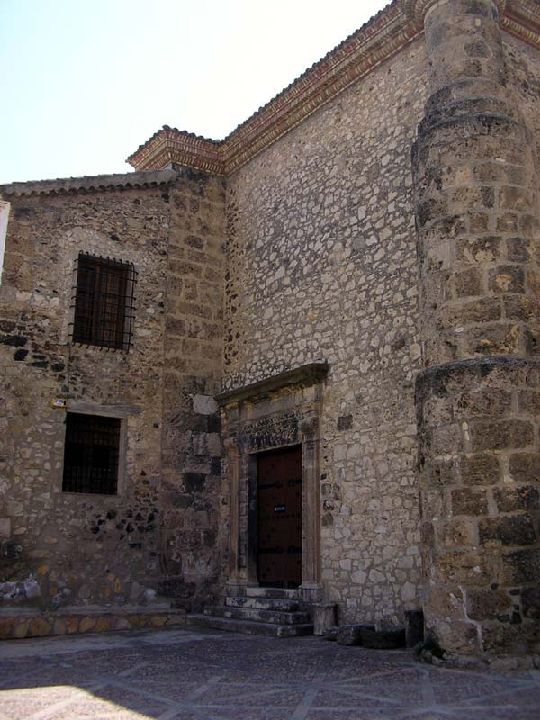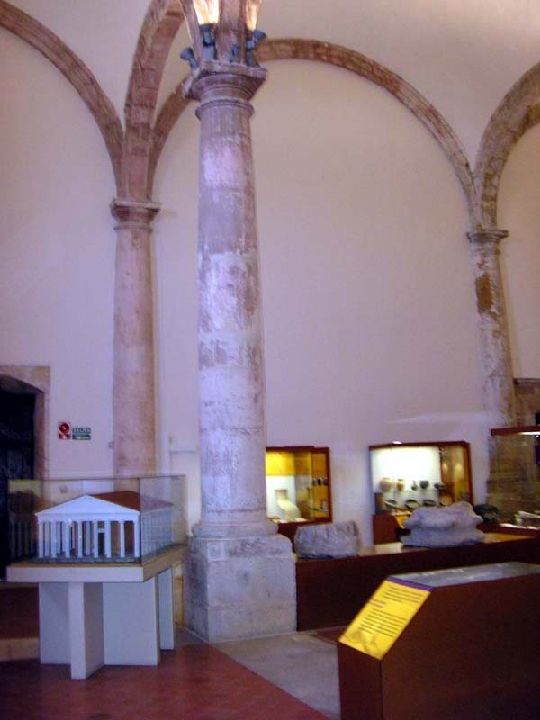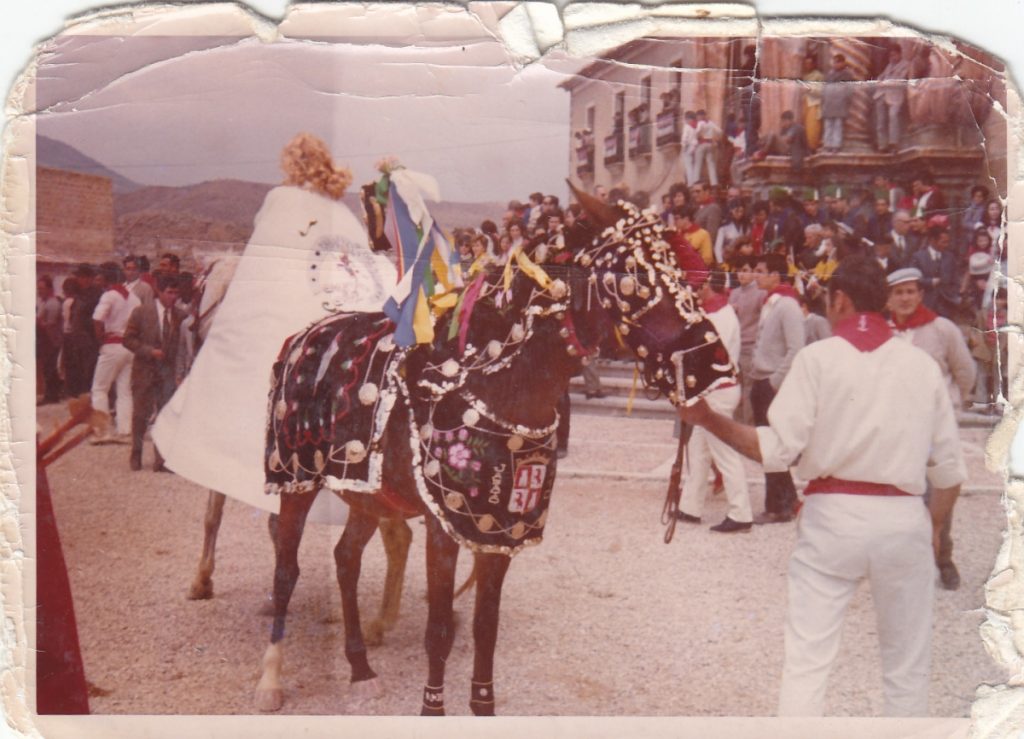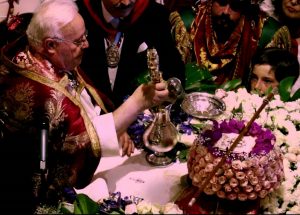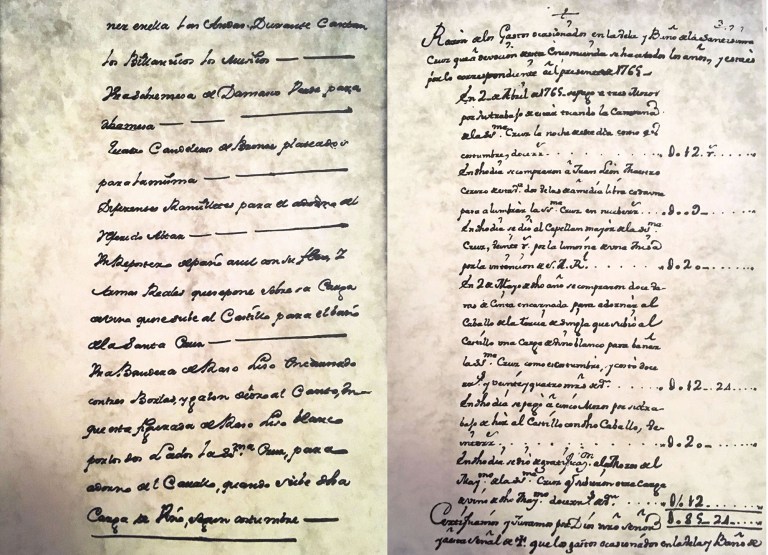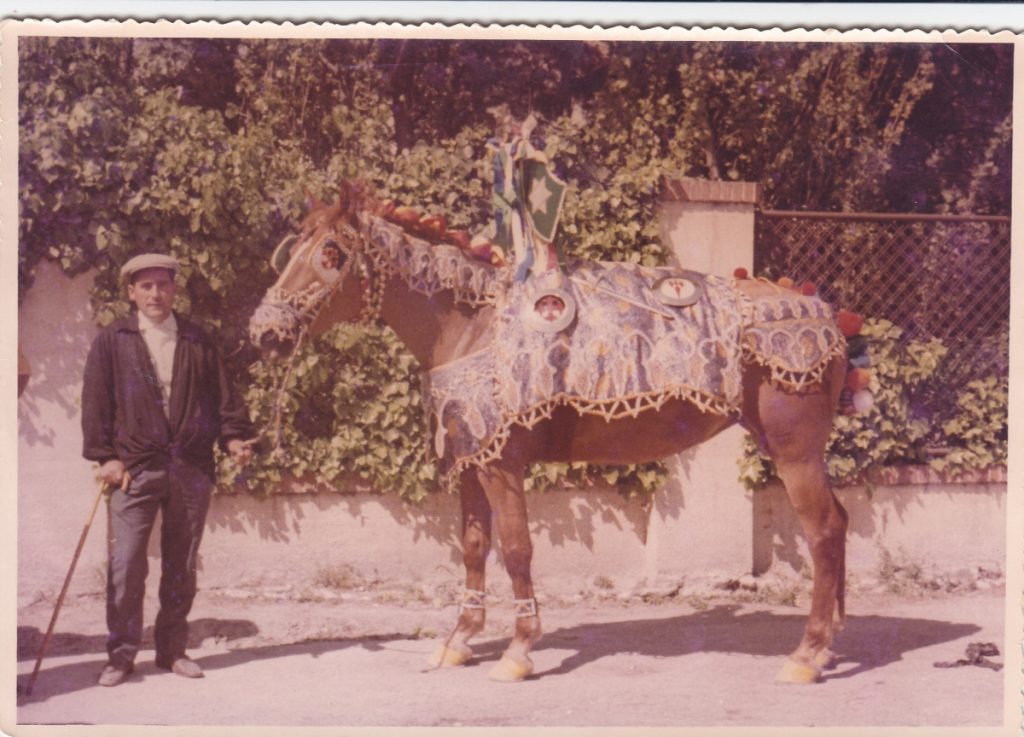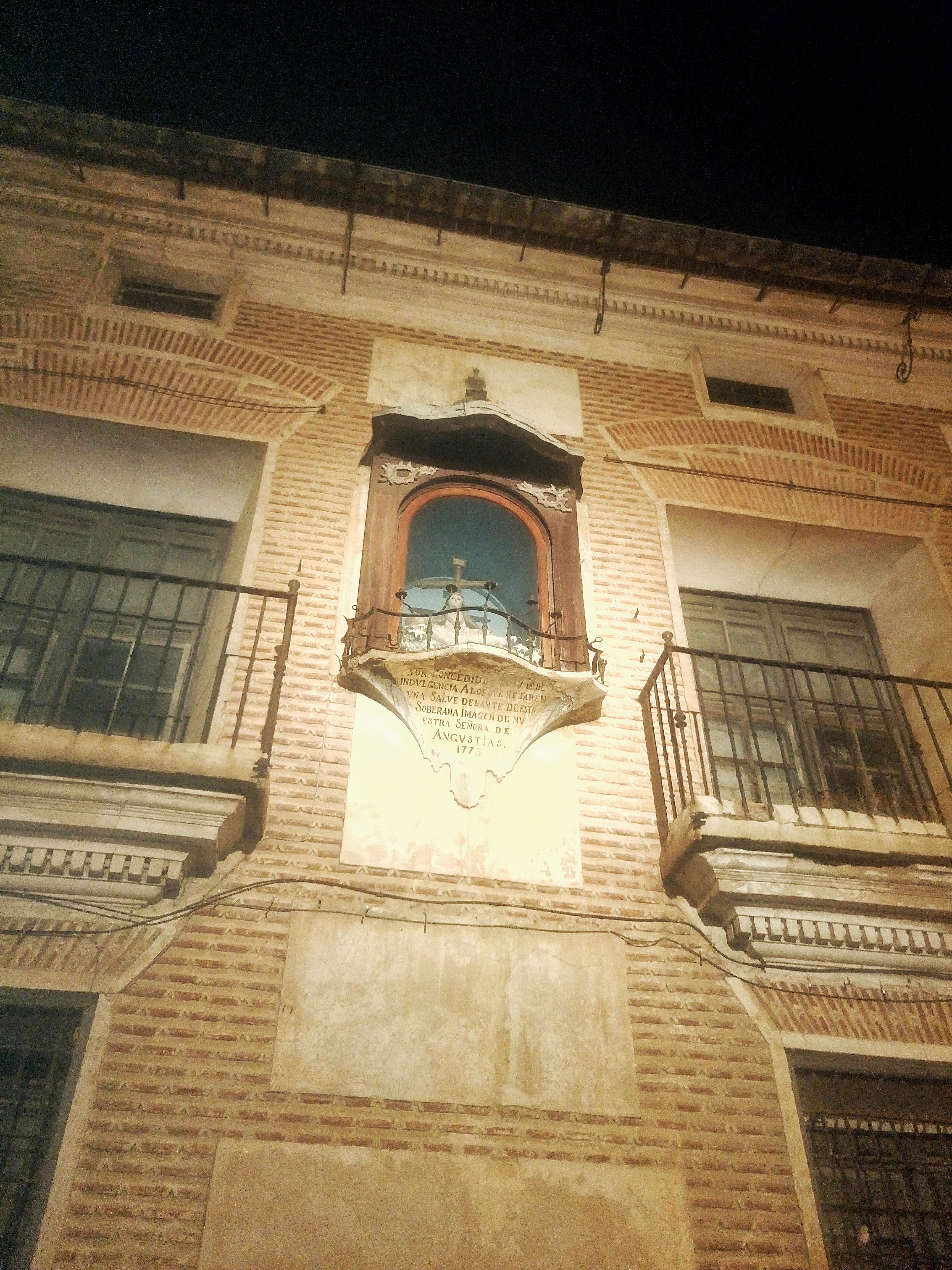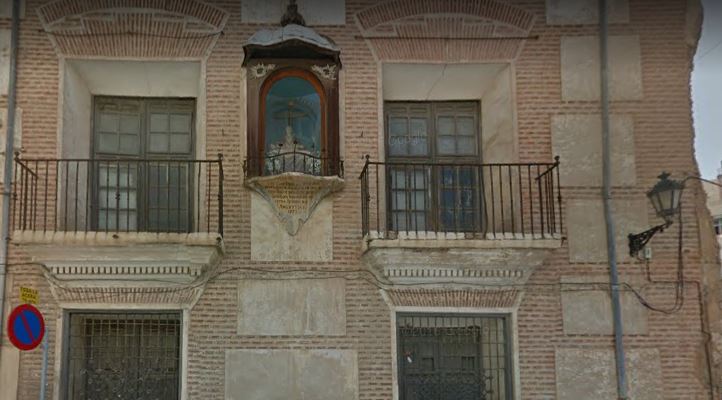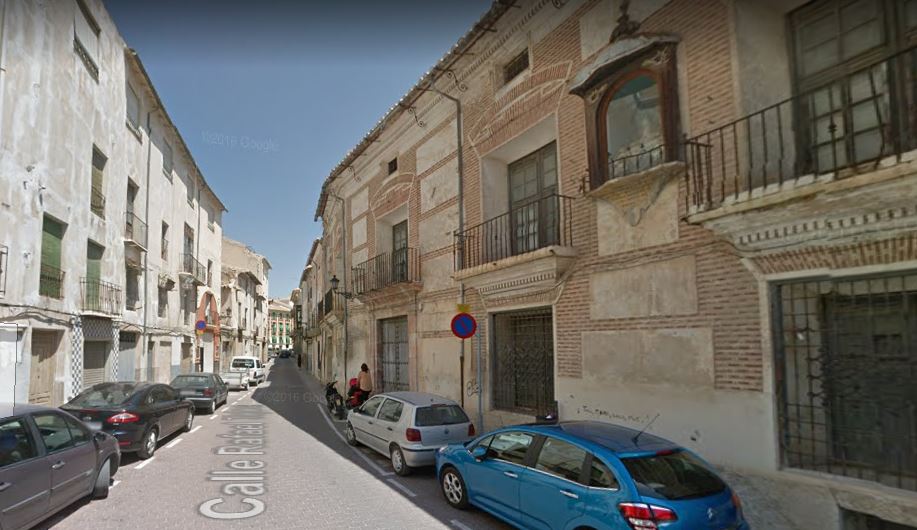Introducción al blog
El teatro thuillier es un lugar singular y significativo para Caravaca de la Cruz, sin embargo es probable que no sepamos con certeza sus origenes y su trayectoría. En este blog podremos encontrar los antecedentes históricos. Está disponible en español y en inglés.
Introduction to the Blog
The Theatre Thuillier is a singular and significant place for Caravaca, however it is probable that we do not know for sure their origins. In this blog we can find the historical antecedents. It is available in English and Spanish.
Teatro decimonónico en Caravaca de la Cruz
El gusto por el teatro de los caravaqueños es proverbial y viene desde la antigüedad, prueba de ello es que al menos desde 1581, está documentado, que el Corpus se celebraba con representaciones teatrales religiosas; teatro de calle que se mantendría durante todo el siglo XVII. Algo más tarde, en torno a 1656, sabemos de la existencia de una ermita dedicada a N.S. del Buen Suceso y ligado a ella, un patio de comedias cuya recaudación le quedaba destinada.
Además del Patio de Comedias del Buen Suceso, a partir del siglo XVIII se representaban piezas en la Plaza Mayor, siempre con motivo de algún suceso importante vinculado a la población. En Caravaca actuaron cómicos de Murcia y compañías de farsantes o comedias, en 1769, 1797 y 1771. Pero hasta mediados del siglo XIX no se construye un teatro moderno acorde con la importancia de Caravaca. Se encomendaron sus obras a Alejandro López y los decorados pictóricos al sardo Enrique D’Almont que además asumió su dirección. El edificio se dio oficialmente por terminado el 3 de mayo de 1847 inaugurándose con una obra de teatro esa misma noche. La inversión superó los 60.000 reales. Un cuarto de siglo después hubo que reparar el desgastado mobiliario y se repuso la decoración. Fue el momento en el que el Ayuntamiento decidió ceder el local de manera gratuita a las compañías de aficionados.
El Diario de Murcia no precisa qué compañía era la que actuaba en Caravaca allá por 1881 con motivo de las fiestas de la Cruz. Sabemos que en octubre actuaba en la localidad la compañía dirigida por Ricardo Simo, que procedía de Águilas. Pero al año siguiente fue una compañía de zarzuela que estaba actuando en Cartagena con gran éxito la que visitó la población. Era su principal protagonista el tenor cómico murciano Pablo López. En el verano de 1889 el teatro local vio en su escena la zarzuela «Clotilde» del autor Abelardo Rodríguez y música del pianista Nogueras que, a decir del comentarista de prensa, «estuvo animada y graciosa».
Dos acontecimientos teatrales tuvieron lugar en 1892. En marzo se representaba en Los Royos el clásico de Zorrilla «Don Juan Tenorio», curiosamente fuera de temporada y meses después pasaba por Caravaca la compañía infantil de zarzuela del colegio cartagenero Progreso y Porvenir de la Infancia, que actuaba bajo la dirección de Vicente Fuster.
En muchas localidades había algún grupo de teatro compuesto por aficionados; también en Caravaca y en 1893 pusieron en escena dos obras en la noche del día del Corpus: «La cruz del matrimonio» y «El loco de la buhardilla». Algunos de sus componentes eran: «Encarnación Calzada, señora Torrecilla, señores López Melgares, Pérez Miravete, etc». La función se clausuró con la actuación de un sexteto dirigido por Alfonso García de Murcia.
Las ordenanzas municipales dedicaron varios artículos al comportamiento cívico de los ciudadanos en el teatro, en 1895. El objetivo era lograr que un sector de público demasiado vehemente guardara la compostura precisa durante las representaciones. En cuanto a las actuaciones, aquel mismo año volvió una compañía de zarzuela ya conocida en Caravaca que, bajo la dirección de Pablo López, andaba de gira por Cartagena, Almería y Albacete, todo un auténtico lujo.
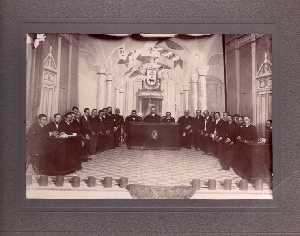
Escenario del Teatro Thuillier 1906
La Compañía Gorgé y Grajales ponía en escena con motivo de los festejos de la feria de septiembre en 1898, dos zarzuelas. El año había comenzado con una función a beneficio de la asociación procesionista de los blancos a cargo de una compañía local de aficionados dirigida por Vicente de la Torre. La siguiente referencia hallada es de tres años después, es decir, de 1901 y el momento, las fiestas de la Cruz, pero el precio excesivo de las entradas provocó, al parecer, un fracaso de público; otro tanto le sucedió a la compañía de zarzuela que en octubre visitó la localidad. Pero en 1902 fue una compañía cómica la que pisó escenario en Caravaca con Espantaleón al frente. También se representaron obras de teatro en el Salón Novedades, desde 1909 y en el Salón Teatro del Casino, en 1911.
La compañía de Emilio Thuillier
La compañía dramática del malagueño Emilio Thuillier Marin visitó Caravaca en 1903 y alcanzó tal éxito que se decidió poner su nombre al teatro. Por cierto, el cuarto teatro data de 1926 y se trata del Gran Teatro Cinema que, como su nombre indica, nació más orientado al séptimo arte que a las representaciones escénicas. A pesar de ello, para todo se empleaba y prueba de ello es que la Compañía de zarzuela Galván-Andreu, de reconocido prestigio en la Región, visitó Caravaca en octubre de 1905 y cosechó en ella un nuevo éxito. En la feria de 1910 pasarían por el teatro una docena de obras diferentes, destacando las de los hermanos Álvarez Quintero. En 1914 triunfó en el Teatro Thuillier la Compañía de zarzuela dirigida por Pascual Gregori y Mateo J. Nogueras.
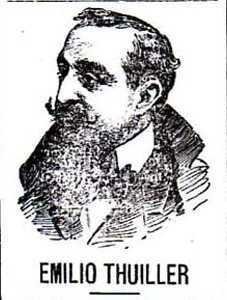
Dando un considerable salto en el tiempo, cabe mencionar que en 1925 se celebró una función benéfica a beneficio de la Santa Cruz. La Compañía era de aficionados locales y pusieron en escena una comedia de los hermanos Álvarez Quintero titulada «Doña Clarines» además del juguete cómico «Lola, Lolilla, Lolita y Lolo». Actuaron Julia y Pepita Martínez Carrasco, José Melgares Alfonso, Carmen Celdrán y Andrés Piqueras y las hermanas Bolt, entre otros. Meses después, los caravaqueños disfrutaban con la comedia de los hermanos Álvarez Quintero titulada «El genio alegre». Benizar dispuso del Teatro de la Infancia desde 1926. En cuanto a obras y autores, reseñar la existencia de un monólogo dramático escrito en 1918 por J. José Ibáñez, titulado «La hija del emigrante».
Su última remodelación, a cargo de los arquitectos Joaquín y Manuel Sainz de Vicuña, tiene lugar en 1986. El aforo del teatro es de 428 plazas. Actualmente en él se llevan a cabo proyecciones cinematográficas, obras de teatro, actuaciones locales, entre otras actividades culturales. Se encuentra en la Calle Teatro de Caravaca de la Cruz.
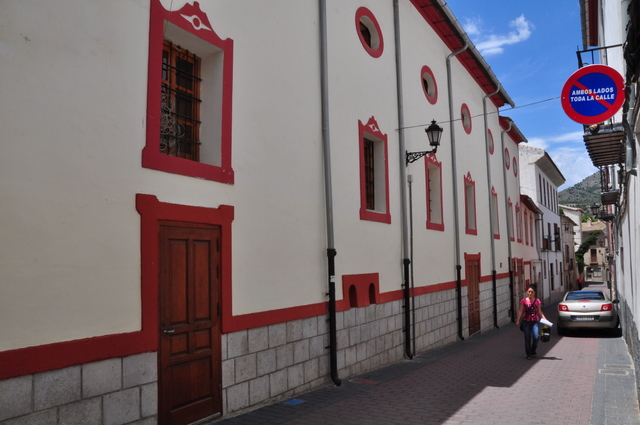
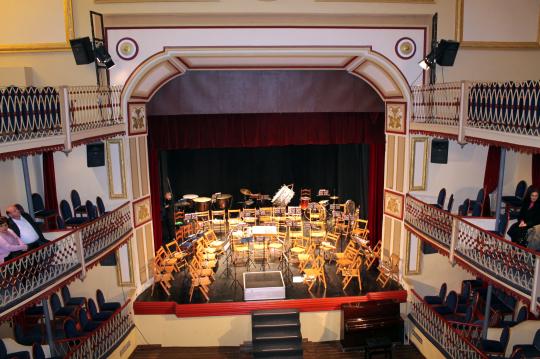
Fuentes:
http://www.regmurcia.com
www.murciaturistica.es
INFORMATION IN ENGLISH
The origin of Theater in Caravaca
Emilio Thuillier
Nineteenth-century theatre in Caravaca de la Cruz
A taste for the caravaqueños Theatre is essential and comes from old, proof of this is that since at least 1581, it is documented, that Corpus Christi is celebrated with religious drama; Street Theatre that would continue throughout the 17th century. Somewhat later, in lathe to 1656, know of the existence of a chapel dedicated to our Lady of Buen Suceso and linked to it, a patio of comedies whose collection was intended.
In addition, to the Patio of comedies of the Buen Suceso, from the 18th century parts represented in the Plaza Mayor, always on the occasion of some important event related to the population. In Caravaca acted comedians of Murcia and companies fakers or comedies, in 1769, 1797 and 1771. But a modern theatre in keeping with the importance of Caravaca is not built until the mid-nineteenth century. Deeds is entrusted to Alejandro López and the pictorial decorations to the Sardinian Enrique D do Almont which also took over its management. The building was officially completed on 3 May 1847, inaugurating it with a play that night. The investment surpassed the 60,000 reals. A quarter century later had to repair the worn furniture and decoration, is returned. It was the moment in which the Council decided to give the local free amateur companies.
The journal of Murcia does not require what company was it acted in Caravaca in 1881 on the occasion of the celebrations of the cross. We know that the company directed by Ricardo Simo, who came from Eagles it acted in the town in October. But the following year it was a company of zarzuela which was acting in Cartagena with great success which visited the population. It was the main protagonist murcian comic tenor Pablo López. In the summer of 1889 the local theatre saw his scene «Clotilde» zarzuela de Abelardo Rodríguez author and music of pianist Nogueras, say press commentator, «was lively and funny».
Two theatrical events took place in 1892. In March the Zorrilla classic is represented in the Royos «Don Juan Tenorio», curiously out of season and months later passed by Caravaca the child company of zarzuela Cartagena School progress and future of childhood, acting under the direction Vicente Fuster.
In many towns had some group of theatre made up of amateurs; also in Caravaca and in 1893 put in scene two works on the night of the day of the Corpus: «The double cross» and «Crazy from the attic». Some of its components were: «Encarnación Calzada, Lady turret, Lords López Melgares, Perez Miravete, etc». The function is closed with a performance by a sextet led by Alfonso García de Murcia.
Municipal ordinances devoted several articles to civic behaviour of the citizens Theatre, in 1895. The objective was to achieve that a too vehement public sector kept the precise composure during performances. As for the performances, that same year returned a company of zarzuela already known in Caravaca which, under the direction of Pablo López, walking tour of Cartagena, Almeria and Albacete, a real luxury.
Stage of the Teatro Thuillier 1906
The company Gorge and Grajales put in scene on the occasion of the celebration of the fair in September in 1898, two operettas. The year had begun with a function to the benefit of the Association procesionista of whites by a local amateur company directed by Vicente de la Torre. The following reference found is three years later, i.e. in 1901 and the time, the festivities of the cross, but the excessive price of tickets, apparently caused a failure of public; the same happened to the company of Operetta who visited the town in October. But in 1902 was a comic company that stepped on stage in Caravaca with Espantaleon in front. Also plays were represented in the news room, since 1909 and at the Teatro Casino lounge, in 1911.
The company of Emilio Thuillier
Malaga’s Emilio Thuillier Marin dramatic company visited Caravaca in 1903 and reached such a success that it was decided to put his name to the theatre. Indeed, the fourth Theatre dates back to 1926 and it’s Grand Theatre Cinema, which, as its name suggests, was born more oriented to the seventh art that plays. Despite this, for everything is used and proof of this is that the company of zarzuela Galvan-Andreu, of recognized prestige in the Region, visited Caravaca in October 1905 and reaped new
Success in it. At the fair of 1910 they would by theater a dozen different works, highlighting the Álvarez Quintero brothers. In 1914 he won the Thuillier Theatre directed by Pascual Gregori and Mateo J. Nogueras zarzuela company.
Making a considerable leap in time, it is worth mentioning that in 1925 a charity function held for the benefit of the Holy Cross. The company was of local fans and put in scene the Álvarez Quintero Brothers Comedy titled «Doña Clarines» in addition to the comical toy «Lola, Lolilla, Lolita and Lolo». They played Julia and Pepita Martinez Carrasco, José Melgares Alfonso, Carmen Celdrán and Andrés spouts and the Bolt sisters, among others. Months later, the caravaqueños enjoyed the Álvarez Quintero Brothers Comedy titled «The happy genius». Benizar had the children’s Theatre since 1926. In terms of works and authors, mentioning the existence of a dramatic monologue written in 1918 by J. José Ibáñez, entitled «The daughter of the emigrant».
Its last remodel, by architects Joaquín and Manuel Sainz de Vicuña, takes place in 1986. The capacity of the theatre is 428 seats. Currently, cinematographic projections, plays, local performances, among other cultural activities are carried out.
It is located in the street which name is Teatro of Caravaca de la Cruz.
